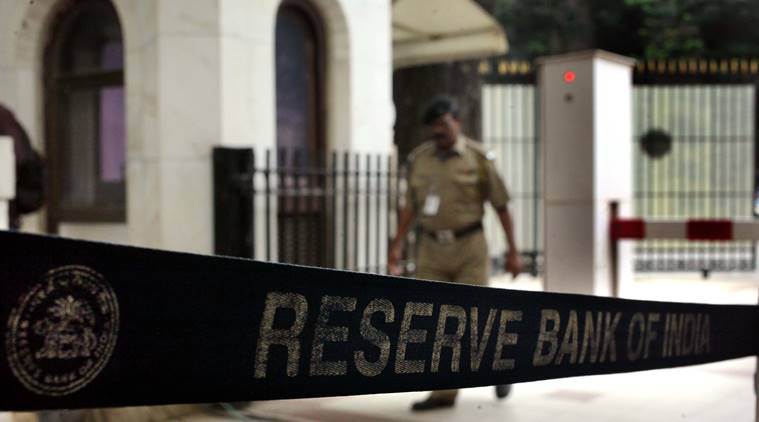Deals to rules
India’s bad loan policy is finally moving in the right direction.

Philosophers wondering why a benevolent god created fear often hear from other philosophers that some fear is conducive — if not essential — to good behaviour. The response finds interesting support in the Vishnu Sahasranamam: Saha-srarchi sapta-jihvah saptai-dha sapta-vahanah, Amoorti ranagho chintyo bhaya-krudbhaya-nashanah (Why has fear been created? So it can be taken away). Not creating the fear of immediate, automatic and borrower-blind consequences for default is one reason why India’s credit to GDP ratio is a low 50 per cent (Arunachal is 1 per cent, Bihar is 17 per cent, 100 per cent is the average for rich countries). But over the last three years, the new Insolvency and Bankruptcy Code (IBC) and the RBI’s Revised Framework for Resolution of Stressed Assets (RFRSA, issued on February 12 last year) have begun to show impressive results in recognition (we know the truth), deterrence (defaults are reducing), resolution (defaults are being cured) and speed (defaults are being cured faster). This is great news for financial inclusion of the small, honest, and non-politically connected.
The “willful defaulter” tag is a distinction without a difference; banks face pain irrespective of whether a default is caused by Fraud (poet Sahir Ludhianvi’s transposed quip “Jo baat teri tasvir mein hai, tujh mein nahin”; that which is in your image, is not in you), Competition (Schumpeter argued that capitalism works because successful businesses stand on ground that is crumbling beneath their feet), or Unsustainable Ambition (what Norwegians call Stormannsgalskap or the madness of great men). Current court petitions by defaulting sugar, shipping and power companies against the IBC and RFRSA should be dismissed because they want pre-IBC bank behaviour (discretionary bad loan recognition via restructuring or evergreening) that created our pre-IBC regime (Eagle’s Hotel California, where you check in but never check out).
India’s new policy regime for defaults — IBC plus RFRSA — ensures a time-bound exploration of all business, capital and ownership restructuring options before liquidation (an outcome in which everybody loses and therefore nobody wants). It is working; bad loans went from 2.4 per cent in 2007 to 11.6 per cent in 2018 but may now be down to 10.2 per cent. And the direct impact of RFRSA lies in annualised reduction in bad loans for recent quarters being the highest in recent years with a huge acceleration in two-way mobility between standard and non-standard loan classifications. Of the 82 accounts resolved by the IBC, the average realisation by financial creditors was 48 per cent and average time taken for resolution was 310 days (versus World Bank estimates of 27 per cent and 1,580 days). RFRSA fixed birth defects of past RBI interventions like SDR, S4A, JLF, CAP, etc by requiring weekly reporting by banks on all accounts in default anytime during the week with exposure greater than Rs 50 million, requiring all lenders to initiate steps to cure a default with any lender, requiring an independent credit opinion for resolution plans, and setting a 180-day implementation deadline for resolution plans in loans greater than Rs 2,000 crore. Contrary to myth, the Febrary 12 RFRSA circular doesn’t apply to small borrowers.
I don’t want to oversell the current state of change; litigation has choked the pipeline with resolution for only three of the RBI’s first IBC list of 12, only 63 of the total 1,484 cases admitted under the IBC have the highly desirable outcome of being withdrawn under Section 12A (withdrawal from insolvency prior to expression of interest stage with consent of 90 per cent of lenders), recovery rates are still lower than global averages, and 31 per cent of the 898 ongoing insolvency cases at the end of 2018 have breached the 270-day deadline. But the recent Supreme Court judgement upholding the constitutional validity of the IBC, clarifying the relative position of secured and unsecured creditors, and holding the line on Section 29A (defaulter rebidding restrictions) means that the IBC is not a passing shower but climate change. Consequently, action under Section 12A withdrawals is accelerating, a market for corporate control is emerging, and more equity is being raised (not borrowed or stolen).







































No hay comentarios:
Publicar un comentario